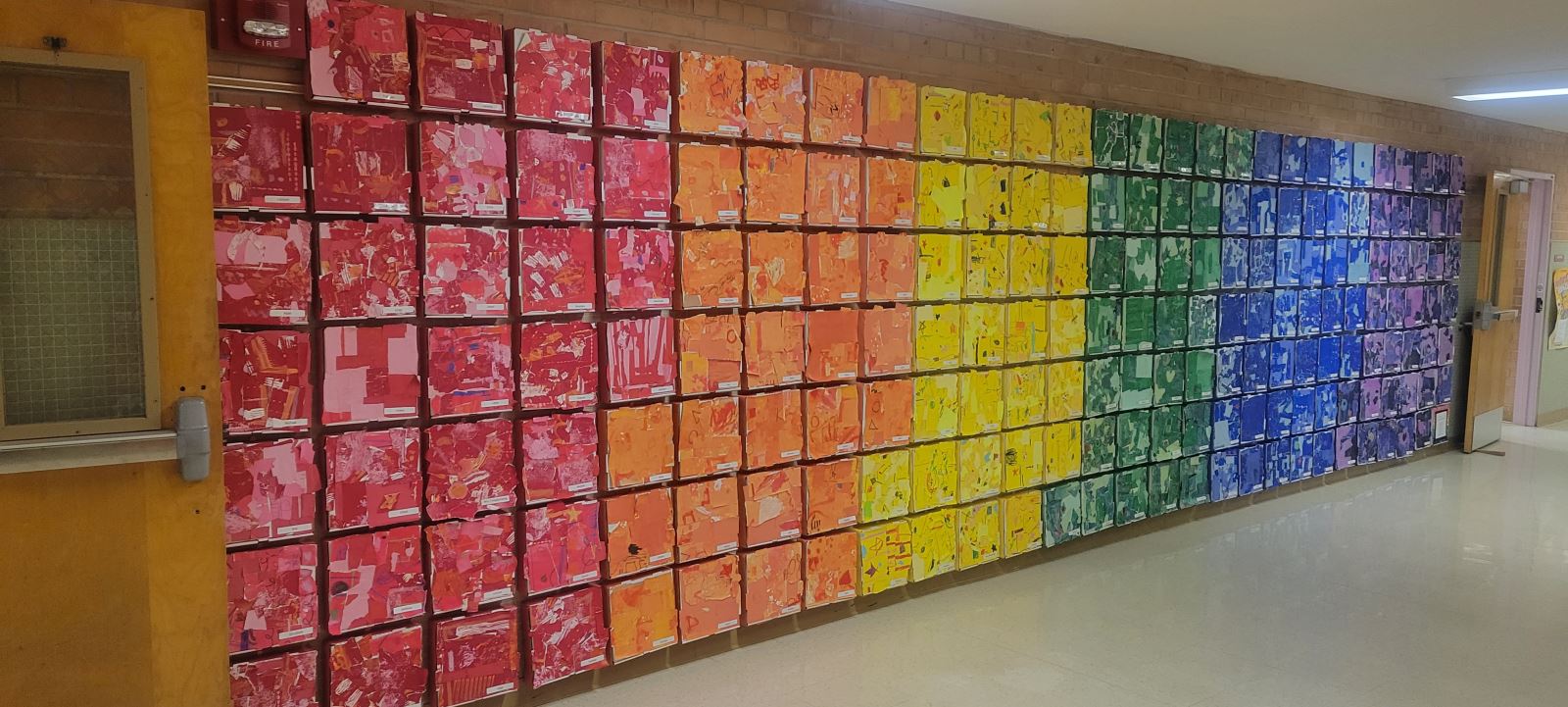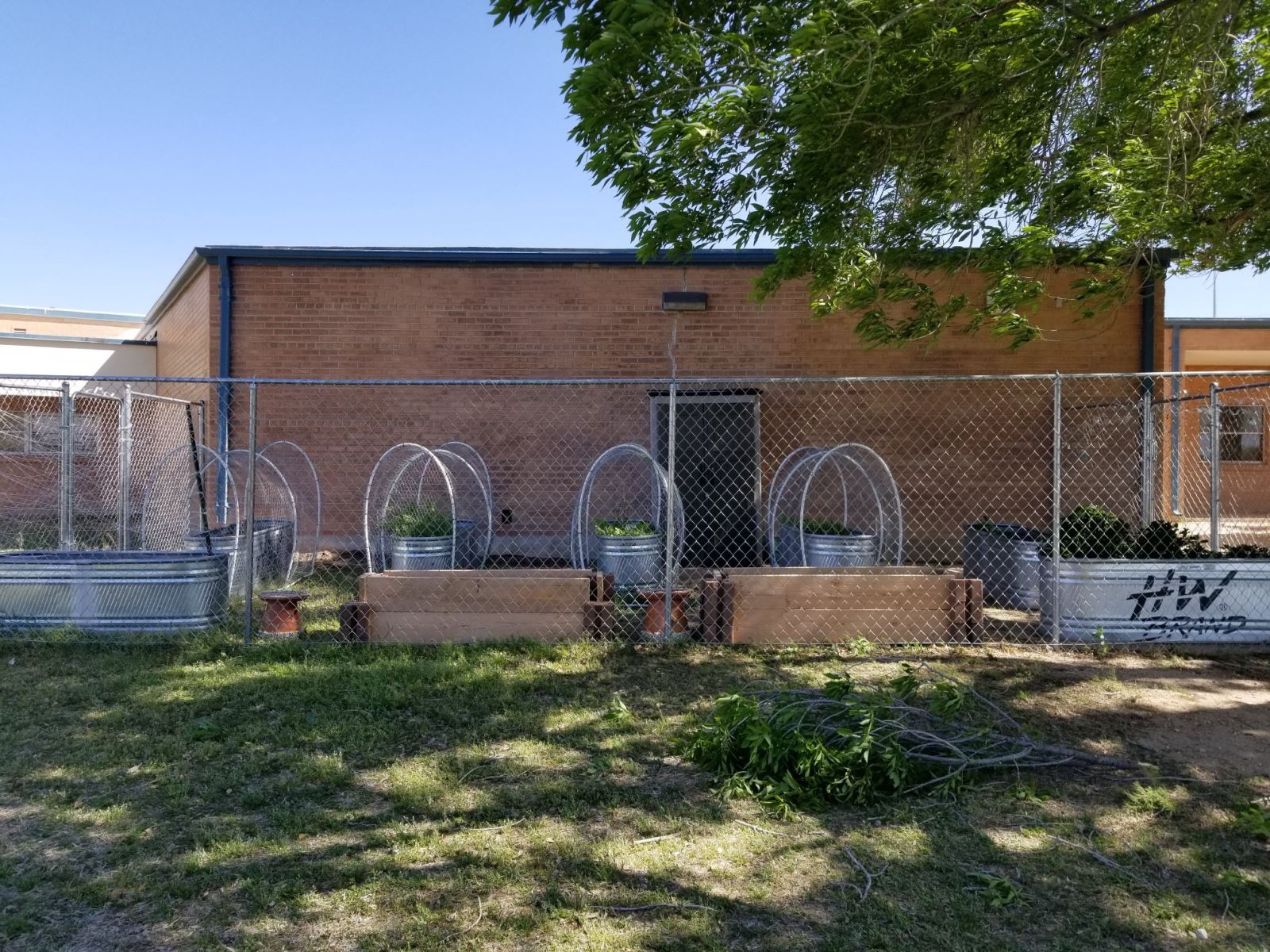About Our School
All Tucson Unified Elementary/K-8 Schools (excluding Tully, which offers the open access, district-wide gifted magnet program)

OMA art project!

 Sarah Howard-Visual Arts Grades 1-5
Sarah Howard-Visual Arts Grades 1-5
Ms. Howard received her BA of Illustration from right here in Tucson, at Southwestern University of Visual Arts (SUVA). While earning her degree, Sarah volunteered her graphic design skills to her children's elementary school, designing newsletters and brochures. She is also a published Illustrator, working closely with local author Michael D. Stofko.
Sarah has been with the OMA program for 3 years, starting on a delightful journey of arts integration right out of college. She has had the opportunity to work with many classroom teachers and their students throughout TUSD, always instructing from a firm foundational knowledge of Visual Arts and core curriculum integration strategies. Sarah always has a peaceful mannerism that comforts those who are shy of expressing themselves visually. She strives to leave tools for teachers to use that will allow them to integrate visual arts into their daily routine, instilling the notion that everyone can be an artist.
Tucson Unified's orchestra programs create musicians who form lifelong engagement with symphonic music. We begin with fundamentals and technique. From there, we expand to interpretation in ensemble and solo performance. For example, students in elementary school learn that the correct playing position, breathing, and fingering is the foundation of learning to play a woodwind instrument, and the correct playing position and bow hold is the foundation of learning to play a string instrument.
The application of foundation skills expands students' technical skills, their interpretation of universal themes, and the concept of ensemble playing. Expanded application of skills emphasizes independence in technique, reading, interpretation, solo and ensemble performance and composition. From this start, a musician is born!
OMA Band 5th GradeThese successes hinge on our approach: students in elementary school learn that the correct playing position, breathing, and fingering is the foundation of learning to play a band instrument, and from the sound fundamentals, we progress into working with musical concepts, technique, performance situations, and more developed literature.
Reasons to involve Students in the Arts
Students who learn to play an instrument develop a greater language capacity and a greater ability to learn a new language.
Research has found that learning music facilitates learning other subjects and enhances skills that children inevitably use in other areas.
A study published in 2007 revealed that students in elementary schools with superior music education programs scored around 22 percent higher in English and 20 percent higher in math scores on standardized tests.
Active engagement with music promotes an adaptive auditory system that is crucial for the development of listening skills.
Learning music promotes craftsmanship, and students learn to want to create quality work instead of mediocre work. This desire can be applied to all subjects of study.
Music can keep kids interested and engaged in school.
Students of music can be more emotionally developed, with empathy towards other cultures
Musical education programs require teamwork. students work together and build collaboration
It develops insight and creates emotion. Through music, children learn to share their humanism, express thoughts and feelings, and contribute to the infinite and collective spirit we call “life.”
OMA WEBSITE
Visit OMA WEBSITE
